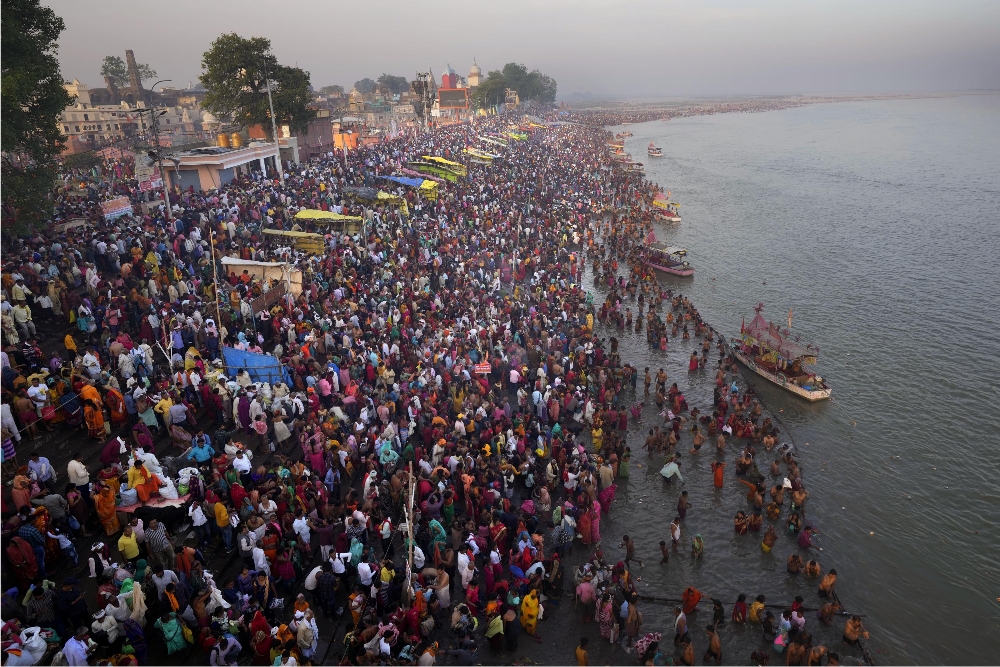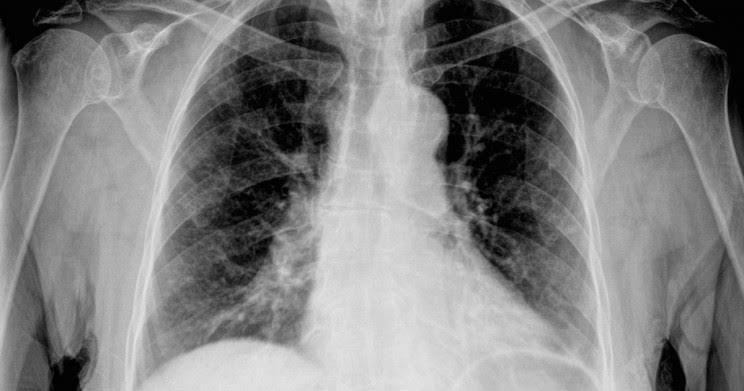Health officials are warning thousands of people who plan to attend the World Cup in Russia from June to July to be on the lookout for signs and symptoms of measles — as an outbreak of the viral illness continues to plague Europe.
“We’re advising fans heading to Russia for the World Cup to ensure they are up to date with their MMR vaccine because of measles outbreaks across the continent,” the Public Health of England said in a statement in early June.
The European Center for Disease Prevention and Control (ECDC) said the number of measles cases across the continent tripled last year, with Romania, Ukraine and Italy the worst affected. The outbreak in Romania alone has killed dozens of infants and children, with 200 new cases reported each week.
WORLD CUP SCHEDULE, HOW TO WATCH AND OTHER THINGS TO KNOW
In total, Europe saw 20,000 reported cases in 2017, leading to 35 deaths, according to the BBC.
“Worldwide, 19 cases of measles per 1 million persons are reported each year; about 89,780 die,” the Centers for Disease Control and Prevention (CDC) reports, adding that the majority of cases stem from international travel.
Here’s what you need to know about the illness as the World Cup kicks off on June 14.
What are signs and symptoms of measles?
A fever, cough, runny nose, watery eyes and white spots inside the mouth are all signs of the measles. A few days after these symptoms begin, a rash then spreads across the body and the fever typically spikes.
“It usually begins as flat red spots that appear on the face at the hairline and spread downward to the neck, trunk, arms, legs, and feet. Small raised bumps may also appear on top of the flat red spots. The spots may become joined together as they spread from the head to the rest of the body,” the CDC explains on its website.
How does it spread?
Like the common cold, the measles virus is airborne — it can spread through coughs or sneezes. It can also infect people through touch, so those who are in public places where the virus is likely to spread are encouraged to was their hands before touching their face.
“Measles virus can live for up to two hours in an airspace where the infected person coughed or sneezed,” the CDC explains. “Measles is so contagious that if one person has it, 90% of the people close to that person who are not immune will also become infected.”
How do you prevent measles?
Most children receive a measles, mumps, and rubella vaccine (MMR) shot at 12 to 15 months and another dose a few years later — sometime between age 4 and 6, according to the CDC.
Doctors recommend consulting your family physician to receive your vaccination status. Those who have not received a second MMR shot should get one as soon as possible, health officials suggest.
The CDC says the MMR vaccine is “very safe” and about 88 percent effective with two doses in your system.
“Two doses of MMR vaccine are 97% effective against measles and 88% effective against mumps. One dose of MMR vaccine is 93% effective against measles, 78% effective against mumps, and 97% effective against rubella,” the CDC points out on its website.
There’s no specific treatment for measles, but the Mayo Clinic recommends using fever reducers, antibiotics and Vitamin A to treat symptoms of the illness.
















